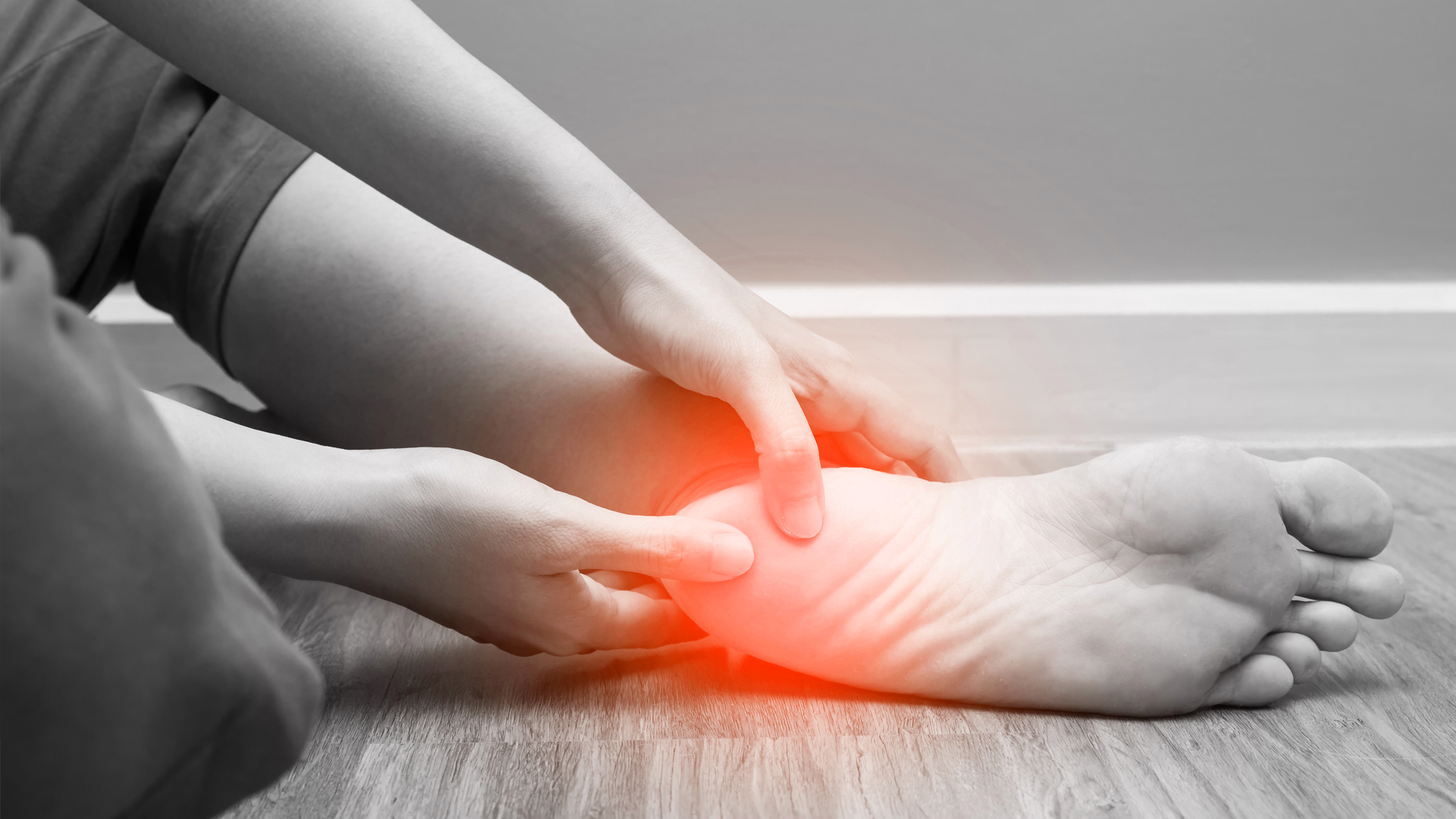Systematic reviews are a vital source of information that appraises the literature and brings together the most recent evidence related to a particular subject.
The Journal of Foot and Ankle Research (JFAR) has recently published three high quality review articles, which we will share in a three-part series over the coming months. Below is the first review summary in this series. We recommend reading the entire article, for free, at this link in order to get a deeper understanding of the literature.
Plantar heel pain is a common condition presenting to podiatrists, affecting 9.6% of the population aged over 50 years. The diagnosis and cause of symptoms associated with plantar heel pain can be confusing for patients. However, medical imaging can aid in identifying tissues involved and assist in the development of management plans. As the most recent review of the literature relating to imaging of plantar heel pain was published over 10 years ago, the aim of this study by Chris Drake and co-authors was to provide an updated synthesis of the literature including recent advances in medical imaging.
A search strategy was designed, and data was extracted from 42 studies that met the inclusion criteria and were included in the review. Of these, nine studies were rated as being good quality studies, with the remainder recording either a poor or fair rating.
In people with plantar heel pain, findings related to the plantar fascia were commonly reported. In terms of thickness, blinded ultrasound studies found the plantar fascia of plantar heel pain participants was 1.62mm thicker than controls. While MRI studies found the plantar fascia was 3.17mm thicker. Tissue changes in the plantar fascia were also evident with significantly greater plantar fascia hypoechogenicity on ultrasound and hyperintensity of the signal on MRI in plantar heel pain participants compared to controls. There was no evidence of tears in people with plantar heel pain, and some evidence of a lack of elasticity in the plantar fascia of people with plantar heel pain.
Other findings included a reduction in the cross-sectional area and volume of intrinsic foot muscles, evidence of hyperaemia or the active engorgement of vascular structures, and a greater loaded heel pad thickness (0.97mm) in plantar heel pain participants compared to controls. In terms of bone changes, plantar heel pain participants were more likely to display plantar calcaneal heel spurs, bone marrow oedema and increased radioisotope uptake in the calcaneus.
The systematic review reported important findings to assist in the diagnosis and management of plantar heel pain. Further studies are needed to better understand the clinical relevance and precision of the findings.
You can read the article in full, for free, here.



